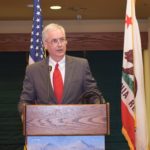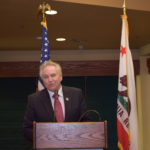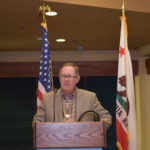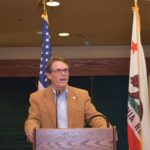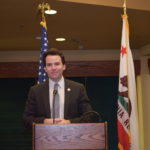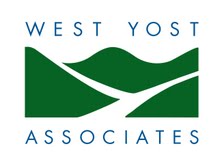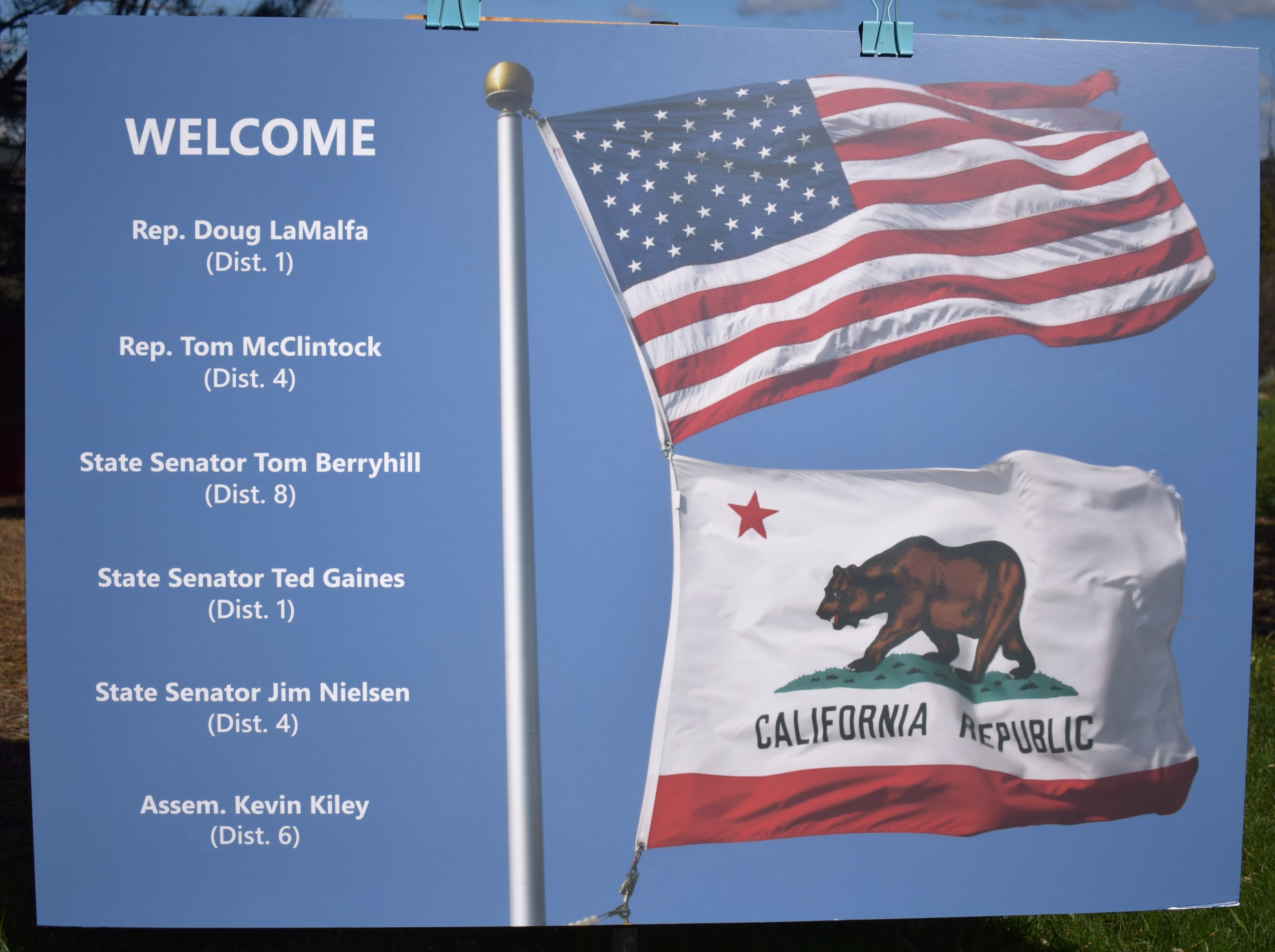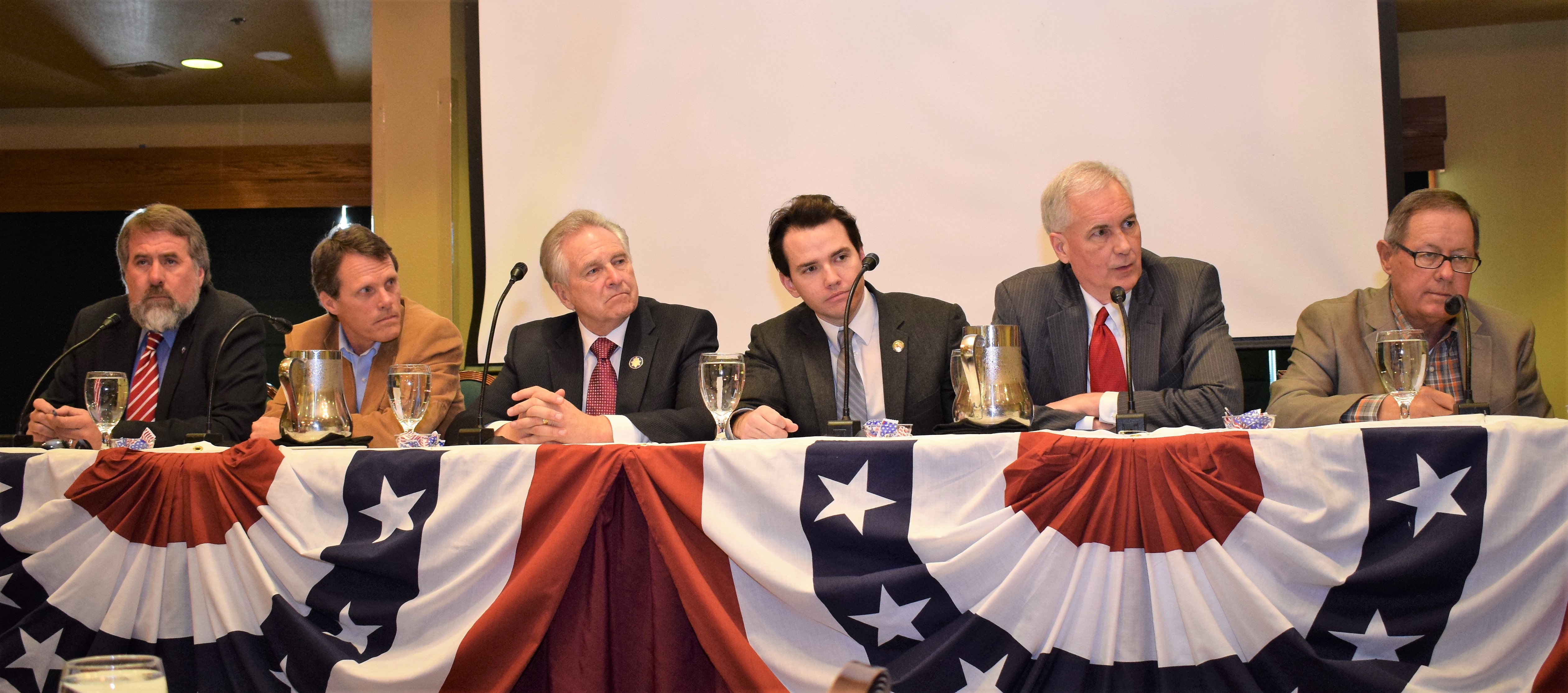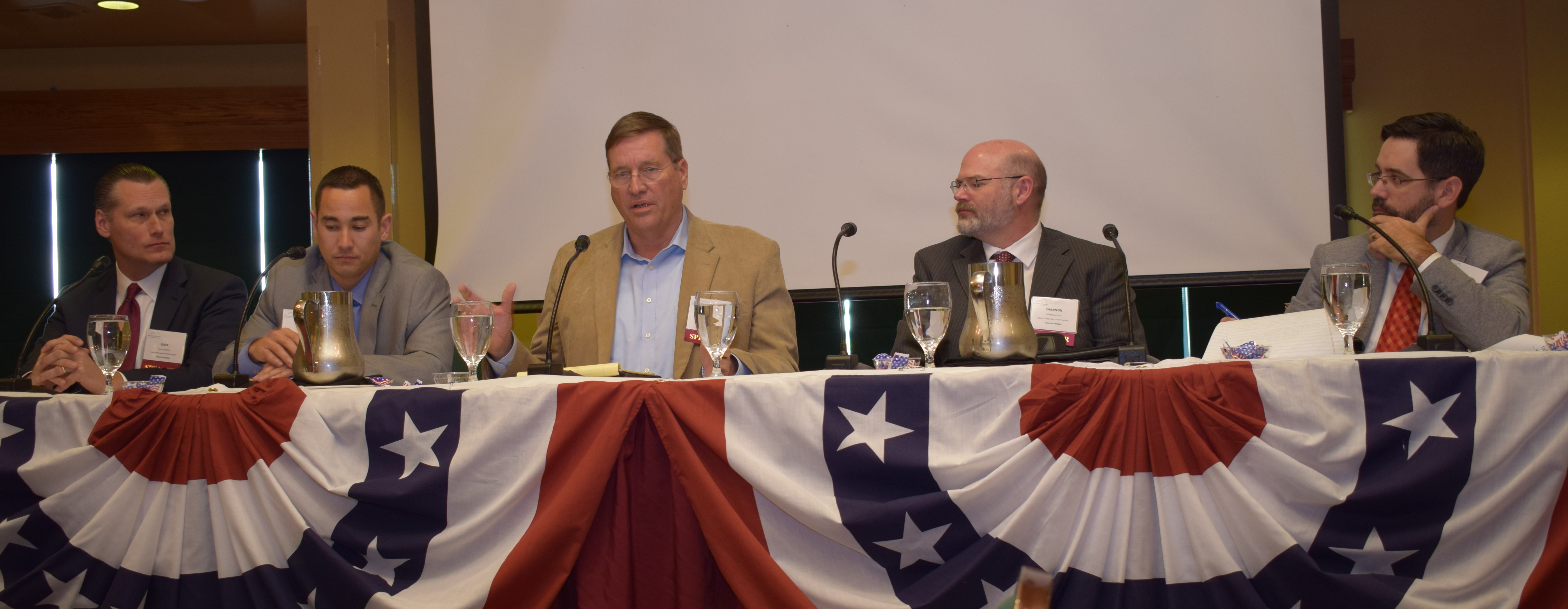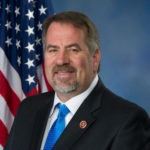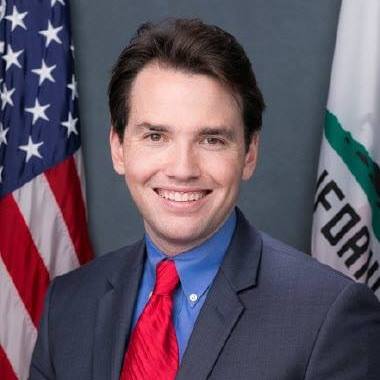Opinion: Drought, Flood and Flow – Time for Changes
By: John Kingsbury, Executive Director
In California, drought and flood cycles seem to go hand in hand. It is part of nature. Citizens are forced to ration water one year and watch it go out the Golden Gate the next year. For decades, State officials rally around a water crisis, yet grapple with making hard decisions to reduce risk of the next water crisis. This year is no different. Now the state has more water than it can store. Drought over? You would think, but not necessarily.
Unless the posturing changes, State Water Officials appear determined to continue the emergency drought mandate for another 270 days. Why, you might ask? The surface water drought has been eliminated in northern California, as well as, the so-called snow-drought. Now it is because of the ground water basin deficit.
In those parts of the state where groundwater has been abused, it should be a wake-up call and a reflection that those customers need to dramatically cutback and to address and solve their self-imposed water crisis. But it is ill conceived thinking by State Water Officials to impose cutbacks upon northern California surface water utilities and customers to try to solve groundwater use abusers’ problems elsewhere in California.
Northern California’s drought has ‘evaporated’. Flooding and levee breaks, full reservoirs across the state, and a snowpack in the Sierra Nevada at 173 percent of average. Equally impressive is the statewide average for Colorado, which is at 147 percent of normal. Reaching a milestone of 150 percent of average for Colorado has happened in only three winters in the past 40 years. This is relevant because, beyond local and regional developed supplies, southern California depends on 50 percent of its water from the Sacramento-San Joaquin Delta river and tributary system and 50 percent from the Colorado system. Lack of water from the Colorado system means more coming from the Sacramento-SanJoaquin system.
It is time now to end the State water emergency for surface water users in northern California. And, the talk by State Water Officials proposing to ration water use in northern California is unwarranted, unnecessary and breaks the public’s trust of those State officials. Further the State’s intended actions over-reaches local public officials’ ‘control’ over their water utilities and customers’ interests.
The emergency drought proclamation, first pronounced in January, 2014, has given regulators temporary, but broad sweeping powers and authority. Powers and authority not easy to give up. There is mounting pressure from environmental groups for the state to implement permanent indoor and outdoor water conservation budgets and targets for rural, urban, and agricultural communities, either by mandate or legislative action. Followed by enforcement.
Conserving and using water for beneficial uses is the norm for farmers, businesses and residents in the State’s area-of-origin counties, cities and communities. State officials should not succumb to pressure to determine what is best for a local utility and its community. The California Water Action Plan, The Delta Plan, The California Water Plan, Update 2013, promote regional self-reliance and that must come with assurances and not be undermined.
The state is also poised to mandate 35-75 percent of unimpaired flows from the Sacramento and San-Joaquin waterways. The 2009 Delta Reform Act, requires the State Board to “develop, implement and enforce” flow objectives for the Delta and flow criteria for high priority tributaries in the Delta watershed. These activities serve the purpose of squeezing more water out of the upstream tributaries for fish. Rather than reducing the demand downstream, it’s a tactical maneuver to begin unraveling the water right priority system aimed at the areas-of-origin counties.
Fish need more than just flow for the sake of flow. Fish need flow at the right time or what is referred to as, “functional flow”. Fish also require a safe healthy environment in which to grow. Given the current condition of the Delta, more flow just pushes fish quicker to their predators. We need to create that healthy environment in the Delta for the fish, not just add water.
There must also be a strong commitment to build new regional water supply, and restoration of the headwaters of the foothills and forest; questionably, this is often left out of the Delta watershed ecosystem discussion.
A healthy watershed ecosystem coupled with increased surface water supply will reduce ground water extraction and subsidence in the Delta. Additional storage provides a buffer for new urban and municipal uses, drought preparedness, downstream flood protection, and provides that additional cold water for the fish when they need it.
Water Suppliers have spent billions of dollars to properly manage their lands, invest in purple pipe, implement water conservation programs and tiered water rate structures, made upgrades to water and wastewater treatment plant facilities, established leak detection and replacement programs, conjunctive use programs, and developed statewide partnerships for water transfers. The list goes on and on. Certainly, a credit to the local water suppliers and their ratepayers
After decades of forest mismanagement and no major water supply facility constructed since San Luis Reservoir in 1967, it is time we take our state and federal officials to task to streamline environmental and regulatory processes and to develop a means by which to achieve the water management goals that are in the best interest of the state.
As the population continues to grow and the climate warms, there be will more historic droughts and floods for the record books. The clock is ticking.
 The California Water Commission (Commission) is hosting an application assistance workshop for potential applicants of the Water Storage Investment Program (WSIP).
The California Water Commission (Commission) is hosting an application assistance workshop for potential applicants of the Water Storage Investment Program (WSIP).
